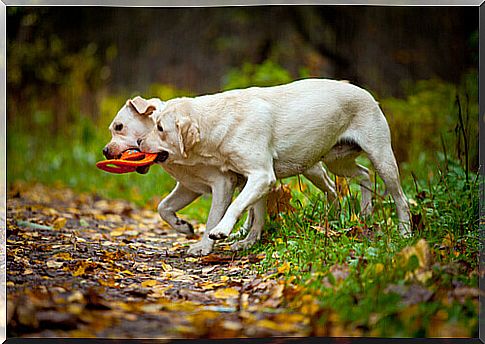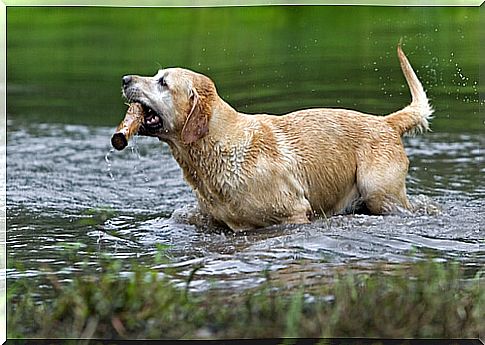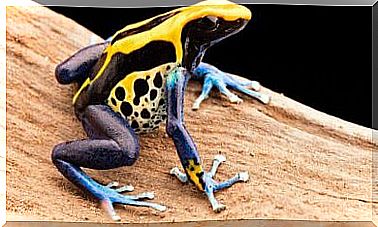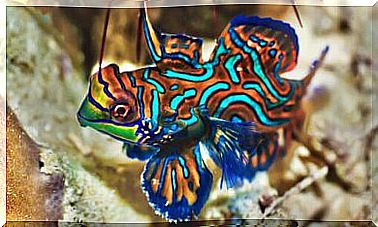How To Train Your Labrador

When deciding to undertake a training course, the first thing to take into consideration is the fact that there is no specific training for a particular breed: the training techniques can be applied to all dogs in general. However, it is advisable to take into consideration various aspects, such as the tendency to develop nervousness, aggression and compulsive behaviors, the predisposition to certain diseases or the bone and muscle structure of the animal. So, we are going to give you some tips to make training your Labrador easier .
The labrador retriever are excellent family dogs, originally bred for hunting, show a good attitude to the conduct of various activities, enjoy a noble character and are very intelligent, besides the fact that assume a submissive role within the family hierarchy. These features facilitate obedience training. Since the response times to trainers’ instructions are shorter, they learn very quickly.
Despite the advantages that this breed has with regard to training, the latter must be rigorous, as this dog breed is very vital and if it does not perform adequate physical activity, it can lead to a destructive behavior. If the owner is away for long periods, these animals may also suffer from separation anxiety and, being very energetic dogs, they could even accidentally injure people or animals if the owner does not teach them to control their displays of affection. So training is critical for this breed, not only to prevent behavioral problems, but also for those situations that could cause health damage, such as compulsive ingestion of inedible items or depression.
1. Training starts as puppies

Dogs generally learn constantly, throughout their life : this means that even an adult Labrador can be trained. However, it is much easier to train a puppy than it is to correct adult habits. Labrador training usually begins after weaning or the moment the puppy enters the home.
It is essential that Labradors learn, from an early age, not to jump on people: if they are puppies, they can be very tender and funny, but if a dog weighing almost 50 kg is jumping on you, it is not fun at all. in addition to the fact that it could also be dangerous.
2. Socialization is important
Labradors are not aggressive dogs but, since they were used as retrievers in the past, they show a tendency to chase small animals, or other dogs, cats or birds. Socializing will help them control their predatory instincts in some way ; you must also teach him to answer the call and voice commands.
Socialization can be initiated when the puppies have completed their vaccination schedule, otherwise they will be vulnerable to life-threatening diseases.
Remember that socialization also includes contact with people who are not part of your family circle; in this way you will have no problems when you have to invite new friends to your home.
3. Define spaces and behaviors

Through various training methods, your Labrador must learn what he is allowed to do and what he cannot do, what places he can enter and at what times he can do so. He will also have to learn what objects he can come into contact with. This is essential for a healthy coexistence with your pet, and to prevent him from coming into contact with dangerous objects or going to his needs where he shouldn’t.
The Labrador is not a very dominant dog , but he must understand that you are the leader of the pack. This is a very receptive breed towards petting, so if you treat it with discipline, love and respect, you will be able to “preserve” your place in the family hierarchy.
4. Physical activity is essential
This dog breed is hyperactive, so the owner must be equipped with a lot of energy to “keep up with it”. To keep the Labrador’s extremely lively character under control, it is necessary for the animal to practice physical activity several times a day. If you have the opportunity to take him to the beach, or to the lake, it would be ideal: Labradors are very fond of swimming. A Labrador who performs adequate physical activity can stay focused longer during the training process and, as a result, learn faster.









